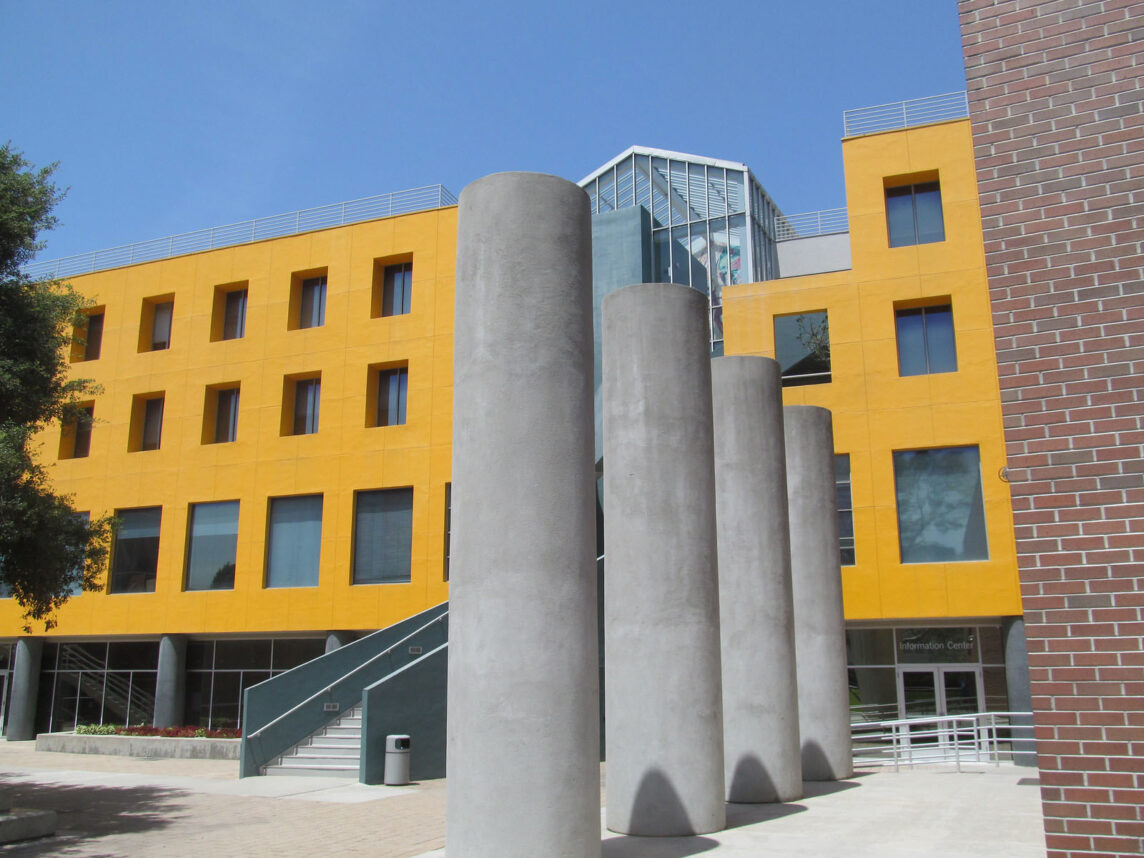 Photo by Szepy/Getty Images
Photo by Szepy/Getty Images For months we’ve been discussing Zoom fatigue.
Instead of figuring out how to zoom better, can we finally agree to just zoom less?
Zoom was supposed to connect us. Nine months in, most of us feel more isolated than ever, as we spend our time like the humans in Pixar’s WALL-E: bottoms glued to chairs and eyes glued to screens.
All that sedentary video chatting is physically and emotionally exhausting. People aren’t just Zoom fatigued; they’re life fatigued. There’s a lot we can’t control in 2020, but we can control how we communicate at work. So let’s start zooming less and zooming better. Here’s how:
Up your meeting game
There is nothing that contributes more to our culture of too-many-meetings than bad meetings themselves. That’s why we can reduce the number of hours we zoom by running more effective meetings. There is nothing more annoying than going to a meeting with an unclear agenda, only to hash out half-baked ideas for an hour and then settle on having yet another meeting on the same topic next week.
That’s why I recommend the 24-hour rule: this requires an agenda be sent out 24 hours in advance to all participants. This agenda should include roles, the topics for discussion, meeting goals, and any pre-reading materials. This will help you run more effective meetings and be more thoughtful about who you are asking for their time and why. It also creates a space that’s more inclusive for your introverts, many of whom aren’t sharing ideas that could change the trajectory of your organization simply because they haven’t had time to process their best insights while you’re busy running a bad meeting. One with too much stream of consciousness and too little preparation.
Go old school and use the phone
The biggest objection I hear when I talk to leaders about using the phone more and video less is that they want to be able to “connect with their people.” It’s counterintuitive, but without relying on facial expressions, we can actually connect better. Audio-only forces us to listen more actively to what is being said and, importantly, what is unsaid — a soft skill I worry we are losing in our videoconference-only world.
Not sure what should be a call vs. a Zoom? One client of mine has a rule for how she avoids falling into the trap of defaulting to Zoom for every conversation, “If this used to be a meeting in a conference room, I’ll see you on Zoom. If this used to be a conference call, I’ll call you.”
Consider the equity and inclusion impact
There are people in your office for whom videoconferencing is just harder. They may be in living arrangements where finding a camera-ready spot to chat with you is a daily hardship. They may be working parents who can join by phone but can’t join by video conference because their kid is sitting next to them in virtual school. Sure, you might argue, they can dial in. But if they’re the only ones not on video, that is likely to be noticed and they will probably get dinged somewhere along the way. Not everyone can zoom from the fancy home office the way the boss can. Normalizing audio-only is an equalizer, period.
Normalizing audio-only is an equalizer, period.
Save videoconferencing for “the good stuff”
We want our people to show up (and not tune out) for the good stuff. We can’t reasonably expect them to do that, however, if they’re exhausted from hours of zooming they’ve already done by midweek. That’s why, in addition to reducing unnecessary videoconferencing, we should also be thoughtful about necessitating Zoom for the important things and keeping our expectations high about how people engage at those events. Let’s create an environment where people can bring their A-game and turn their video cameras on for events that matter: performance reviews, tough conversations, team celebrations, and meetings that involve external stakeholders like clients or speakers.
We can reclaim the power of zoom to build connection. Let’s do that by using it less, using it better, and using it more discerningly. I’ll see you on video for the good stuff. Until then, call me.
Randi Braun is an executive coach, consultant, speaker and the founder of Something Major.























 More news and opinions than at a Shabbat dinner, right in your inbox.
More news and opinions than at a Shabbat dinner, right in your inbox.